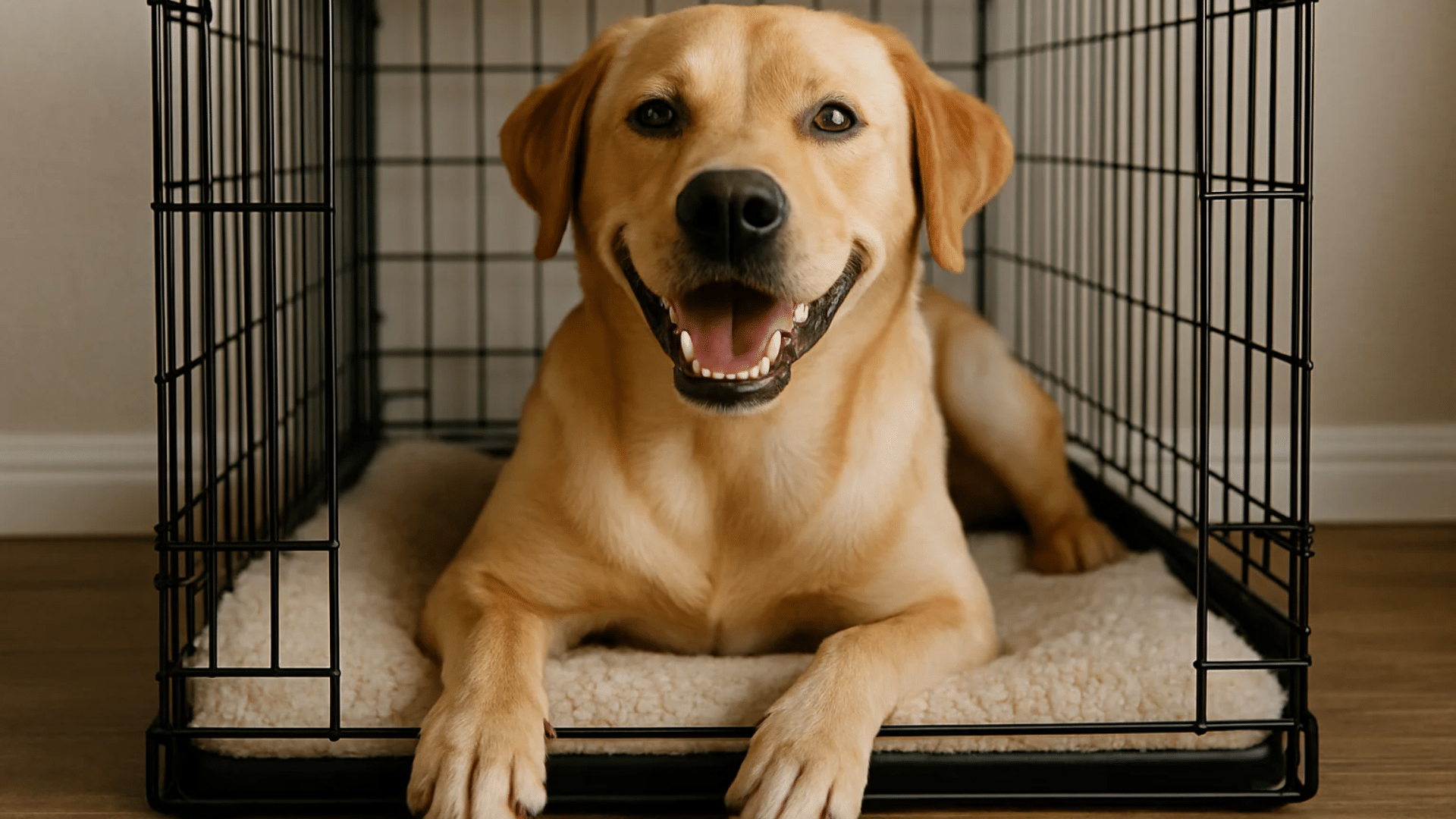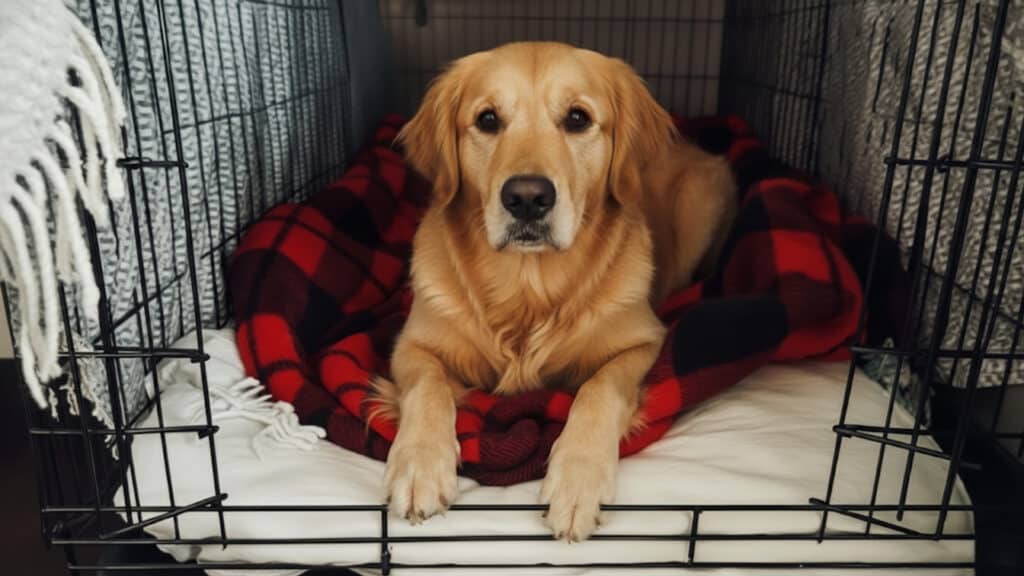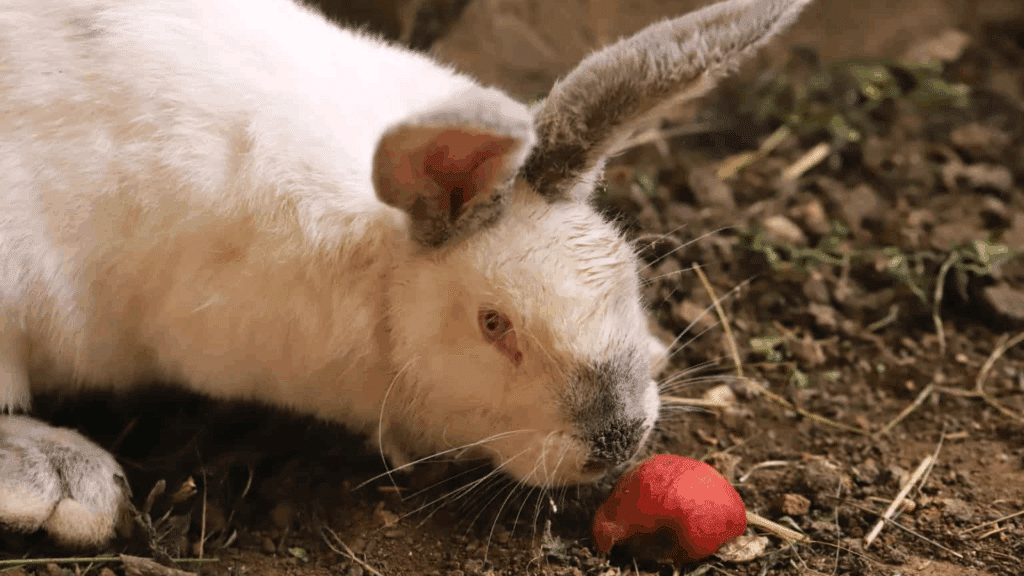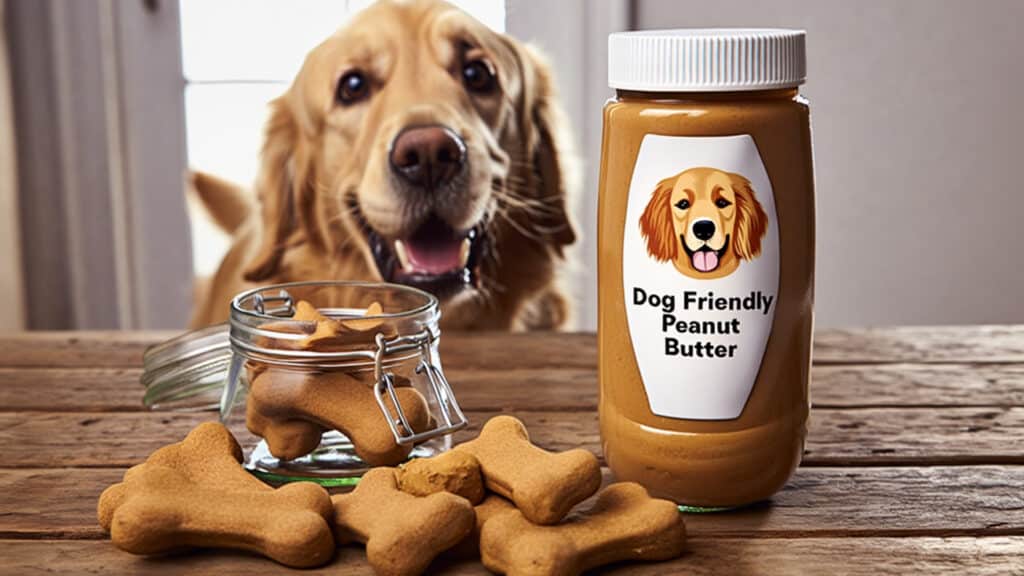Crate training is an important skill for every dog. It builds comfort, safety, and trust between you and your furry friend. Adopted or rescued dogs need time to adjust to you and your home.
Many people think crate training an adult dog is hard because older dogs already have habits.
I used to feel the same way, but with calm steps and patience, it becomes much easier than you think.
Through this guide, I will show you how to choose the right dog crate, how to train your dog step by step, and how to make crate time a normal, relaxing part of daily life.
By following these simple tips, your dog will soon love their crate and feel happy using it.
Why Is It Important to Crate Train Your Dog?
Crate training your adult dog is more than just teaching them to stay in a box.
It builds comfort, trust, and structure. A crate gives your dog a quiet place where they can rest whenever life feels busy or stressful.
For older dogs, this safe space helps reduce anxiety and supports calm behavior during daily routines.
You’ll also notice how helpful it becomes for travel or vet visits since your dog already feels secure inside it. Crate training helps your dog stay clean and control their bladder indoors.
Over time, your dog begins to see the crate as their own room, not as punishment.
I learned that respecting your dog’s comfort and giving them control makes training smoother and strengthens your bond every single day.
Choosing the Right Crate and Setup

Finding the right crate for your adult dog makes the whole training time smoother and more comfortable for both of you.
- Size: Should allow your adult dog to stand, turn, and lie down comfortably without excess space.
- Material: Wire crates for ventilation, plastic for coziness and travel, fabric for calm dogs.
- Portability: Lightweight, foldable crates are best for travel and car safety.
- Comfort: Use a soft, washable pad, especially for older dogs with joint issues.
- Safety: Secure latches and smooth edges to prevent escapes and injuries.
- Accessibility: Doors on front and/or side for easy entry and exit.
- Ventilation: Ensure good airflow to avoid overheating indoors.
- Placement: Quiet, low-traffic area that keeps your dog near family.
- Durability: Reinforced crates for heavy chewers.
- Cleaning: Easy-to-clean materials to maintain hygiene.
When you pick a crate that fits your dog’s body, habits, and comfort, you make crate training easier, safer, and far more enjoyable.
Step-By-Step Guide to Crate Train an Adult Dog

Crate training an older dog takes time, calmness, and trust. Follow these steps in order and stay patient as your dog learns at their own pace.
Step 1: Understand Your Dog
Before crate training, take time to observe your dog’s daily habits and emotions. Notice what makes them calm, nervous, or excited.
Some dogs may fear tight spaces, while others may seek quiet corners.
This understanding helps you train with patience instead of pressure. I learned that adjusting the pace based on my dog’s comfort built stronger trust.
Working with their feelings instead of forcing progress made training smoother and more positive for both of us.
Step 2: Choose and Place the Crate
Pick a crate that suits your dog’s size and comfort level. They should be able to stand, turn, and lie down easily. Avoid crates that feel too big or too small.
Place it in a quiet yet familiar area where your dog can see family activity but rest peacefully.
I learned that a well-chosen spot made my dog feel included, not isolated, turning the crate into a calm resting space rather than a cage.
Step 3: Make the Crate Inviting
Create a cozy space that feels like your dog’s personal den. Add a soft blanket, a few favorite toys, and leave the door open at first so they can explore freely.
Toss treats nearby to build curiosity and reward calm behavior.
Keep the space clean, dry, and warm. I found that when the crate looked inviting and smelled familiar, my dog entered willingly.
It became their calm, secure retreat instead of a place they tried to avoid.
Step 4: Introduce with Positive Reinforcement
Encourage your dog to enter the crate using gentle praise, soft tones, and tasty treats. Never force them in; let them take their time.
Reward every small step, from sniffing the crate to stepping inside. Keep training sessions short and always end positively.
I learned that when I praised effort instead of perfection, my dog’s confidence grew.
Over time, they connected the crate with safety, comfort, and love, not fear or punishment, which made progress come naturally.
Step 5: Add a Cue for Going Inside
Once your dog feels relaxed entering the crate, add a simple cue like “Crate” or “Bed.”
Say it cheerfully each time they walk in and reward them with a treat or gentle pet. Repeat this several times a day in short sessions.
I noticed that using the same word in a happy tone built strong consistency.
Before long, my dog began entering on cue, sometimes without treats, because the crate had become a trusted and familiar part of our daily rhythm.
Step 6: Close the Door Briefly, Build Duration
When your dog stays inside calmly, start closing the door for a few minutes while staying nearby.
Gradually increase the time as they adjust, keeping your tone calm and reassuring. Open the door before they become restless.
Over time, step away for short periods, always returning before anxiety sets in.
I realized this slow approach built trust and confidence. My dog learned that being in the crate didn’t mean isolation; it was just a short, peaceful rest time.
Step 7: Proof with the 3D’s: Distance, Duration, Distractions
As your dog becomes comfortable, introduce small challenges with the “3D’s.”
Increase distance by stepping into another room, extend duration by staying away longer, and add light distractions like TV or household sounds. Watch how your dog reacts and adjust slowly.
I found that testing one factor at a time helped maintain calm confidence.
When done patiently, my dog learned to stay relaxed in the crate through changing situations, which built real independence and emotional stability.
Step 8: Make It a Normal Routine
Finally, weave the crate naturally into your daily life. Let your dog rest inside during meals, chores, or quiet time so it feels normal, not forced.
Keep offering calm praise and occasional treats for good behavior. I noticed that once the crate became part of our everyday rhythm, my dog used it willingly for naps or alone time.
It turned from a training tool into their personal space, a cozy, safe corner they truly enjoyed returning to each day.
For more helpful insights, check out the detailed guide by the WoofWoof on YouTube.
Common Mistakes to Avoid and Overcoming Them
Crate training can fail if we move too fast or forget consistency. These are the key mistakes I learned to avoid during the process.
- Forcing entry: Never push your dog into the crate. Use treats and calm encouragement to build comfort and trust instead.
- Using punishment: Avoid scolding or locking the dog in when upset. Keep the crate a happy and relaxing place.
- Too much time inside: Long hours cause stress and boredom. Use short crate periods balanced with play and bonding time.
- Ignoring signs of stress: Watch for whining or pacing. Pause training and restart with shorter, easier sessions when needed.
- Skipping routine: Inconsistent crate use confuses your dog. Stick to similar crate times every day to build strong habits.
Avoiding these common errors keeps training positive and prevents your dog from seeing the crate as something to fear.
Maintaining the Behavior Long-Term
Once your dog understands crate training, keeping the habit strong is all about regular practice and calm consistency.
I made it part of our normal day, not just training time.
Every few days, I gave treats or gentle praise when my dog entered the crate willingly. This kept the behavior positive and natural.
I also checked the crate often to make sure it stayed clean, comfortable, and welcoming. When changes in schedule or stress made my dog hesitate, I went back to short, easy sessions.
Doing this reminded my dog that the crate was still safe and familiar. You can do the same by mixing crate time with relaxation, meals, or rest moments.
Keeping it warm, calm, and rewarding will make your dog love their crate for life.
Conclusion
Now you know how to crate train your adult dog with patience, care, and consistency. Try the training steps once or twice each day and watch how your dog slowly understands your instructions.
When your furry friend calmly enters the crate and follows your cues, you can be proud that you have succeeded.
Keep making this a daily habit and never forget to reward your dog with small treats or kind words. Avoid being strict or rude because your dog is still learning and needs your patience.
Crate training takes time, but it greatly improves your dog’s comfort and behavior.
Have you tried crate training your adult dog? I’d love to hear how it’s going. Share your experience in the comments below.








